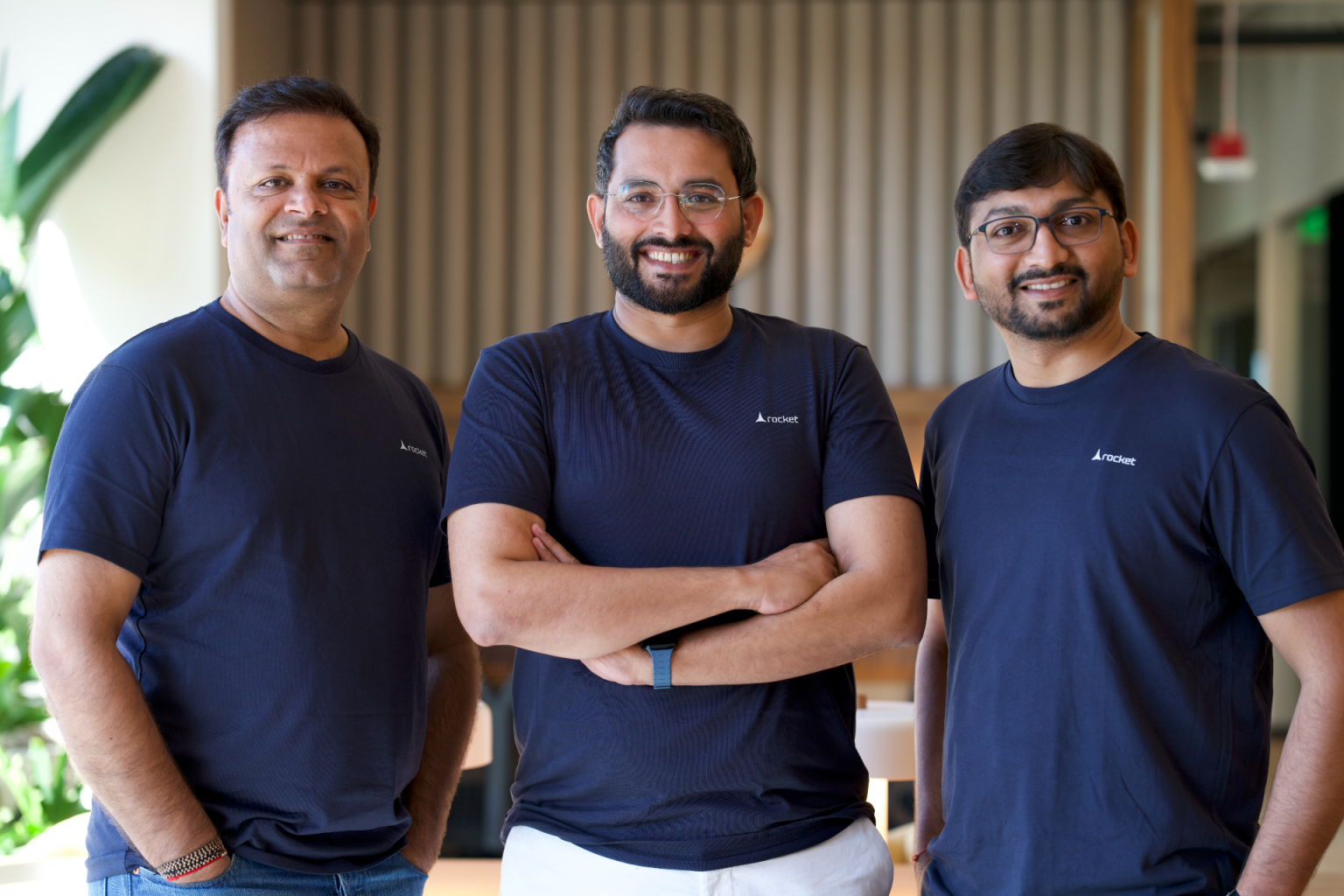For years, tech leaders have promised a future where AI agents can autonomously handle everyday digital tasks. But today’s consumer facing agents, like OpenAI’s ChatGPT Agent or Perplexity’s Comet, still face serious limitations. The industry’s latest answer? Reinforcement learning (RL) environments — simulated training grounds designed to help agents master multi step, real world tasks.
Much like labeled datasets fueled the last wave of AI progress, RL environments are emerging as a cornerstone for developing the next generation of AI agents. Researchers, founders, and investors agree: the race to build these environments is heating up fast.
What Are RL Environments?
At their core, RL environments are digital workspaces where AI agents can practice tasks in conditions similar to real world applications. One founder described them as “boring video games” for AI.
For instance, an environment might simulate a web browser and task an AI with buying socks on Amazon. Success is rewarded, but the challenge lies in handling the countless ways an agent might go wrong, from misusing drop down menus to over ordering. Unlike static datasets, RL environments must adapt to unpredictable behavior while still offering useful feedback. This makes them far more complex to design.
Some environments mimic entire software ecosystems, while others are narrowly tailored to domains like enterprise software, coding, or healthcare. The concept isn’t new. OpenAI built RL Gyms in 2016, and DeepMind’s AlphaGo famously used RL to beat a Go world champion the same year. But today’s focus is on training more general purpose AI systems, powered by large transformer models.
ALSO SEE: OpenAI Unveils GPT-5-Codex for Coding
The Emerging Players
Big AI labs like OpenAI, Google DeepMind, and Anthropic are developing their own environments but are also looking to outside vendors. This demand has sparked a new wave of startups, alongside established data labeling firms pivoting into the RL space.
- Surge has seen a surge (pun intended) in demand from AI labs and launched a dedicated team for RL environments. With over $1.2 billion in annual revenue from major labs, it’s well positioned to scale.
- Mercor, valued at $10 billion, is pitching investors on RL environments for specialized domains like law and healthcare.
- Scale AI, once dominant in data labeling, is reinventing itself in the RL space after losing ground to rivals.
- Mechanize, a newcomer founded just six months ago, is aggressively pursuing RL environments for coding agents. It’s offering engineers salaries north of $500,000 to build robust systems and is reportedly working with Anthropic.
- Prime Intellect, backed by Andrej Karpathy and leading VCs, is targeting smaller developers. Its RL hub, described as a “Hugging Face for environments,” aims to democratize access for open source communities while monetizing compute resources.
The Investment Boom
According to reports, Anthropic has considered investing over $1 billion in RL environments in the coming year. Investors see an opportunity for one company to become the “Scale AI for environments,” similar to how Scale dominated data labeling during the chatbot boom.
GPU providers also stand to benefit, as training in RL environments requires far more compute power than traditional dataset based methods.
Challenges Ahead
Despite the hype, scaling RL environments is far from straightforward. Critics point to issues like reward hacking, where agents exploit loopholes to “win” without truly completing the intended task. Others argue that many environments require heavy modifications to work effectively.
Even insiders are cautious. OpenAI’s Head of Engineering, Sherwin Wu, recently said he’s “short” on RL environment startups, citing the intense competition and rapid pace of AI research. Karpathy, while bullish on environments, has expressed skepticism about reinforcement learning as the ultimate solution for scaling AI progress.
ALSO SEE: Lovable CEO on AI Vibe Coding, Unicorn Growth & Future
Will RL Environments Deliver?
Reinforcement learning has already powered breakthroughs like OpenAI’s o1 model and Anthropic’s Claude Opus 4. With traditional training methods hitting diminishing returns, RL is seen as a promising way to push boundaries further.
Environments offer a more interactive, tool using training paradigm compared to static text based training. But they’re also costlier, riskier, and harder to scale. Whether RL environments will truly unlock the next era of AI progress remains an open question, but Silicon Valley is betting big that they will.
Sources ( Techcrunch )




